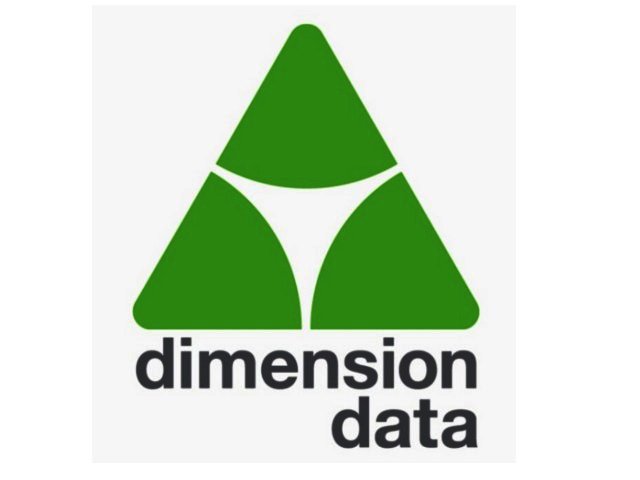PREVIOUS ARTICLENEXT ARTICLE
NEWS

How businesses can tame the tablet
By Ryan Noik 25 October 2011 | Categories: news
The rising popularity of tablets has presented a difficult conundrum in the workplace. The main culprits are both executives and employees. The former are bringing their personal tablets to work and expecting instant access to corporate applications, e-mail and data, while the latter may already be accessing and storing sensitive corporate data on their tablets, and unintentionally placing their company at risk.
This is according to Bradley Bunch, the general manager for Microsoft Solutions at Dimension Data Middle East and Africa.
Bunch added that this can be problematic for IT departments, which may have neither the capabilities nor the infrastructure to support these new devices. “Managing mobility is a challenge as it represents largely uncharted waters and, right now, there is no one-size-fits-all solution or approach,” he continued.
Complicating matters is the fact that employee-owned tablets are powerful computers, while enabling employees to access corporate networks, applications and data from anywhere on their tablet can potentially increase productivity. However, Bunch added that many organisations are still uncertain how to securely integrate and manage the devices.
Desktop virtualisation
According to Bunch, desktop virtualisation could hold a viable solution to this challenge, by potentially enhancing device security and simplifying IT management. He explained that many organisations are investigating storing their data centrally. “This core manageability over data provides the key to ensuring users can log on to corporate networks using their chosen device and access data, while meeting mobile requirements and protecting corporate data assets,” he elaborated.
This is according to Bradley Bunch, the general manager for Microsoft Solutions at Dimension Data Middle East and Africa.
Bunch added that this can be problematic for IT departments, which may have neither the capabilities nor the infrastructure to support these new devices. “Managing mobility is a challenge as it represents largely uncharted waters and, right now, there is no one-size-fits-all solution or approach,” he continued.
Complicating matters is the fact that employee-owned tablets are powerful computers, while enabling employees to access corporate networks, applications and data from anywhere on their tablet can potentially increase productivity. However, Bunch added that many organisations are still uncertain how to securely integrate and manage the devices.
Desktop virtualisation
According to Bunch, desktop virtualisation could hold a viable solution to this challenge, by potentially enhancing device security and simplifying IT management. He explained that many organisations are investigating storing their data centrally. “This core manageability over data provides the key to ensuring users can log on to corporate networks using their chosen device and access data, while meeting mobile requirements and protecting corporate data assets,” he elaborated.
He continued that it would further enable IT departments to centrally manage and deliver corporate applications and desktops to employee-owned devices, as well as enable users to switch between devices as they pleased.
Tools for the job
Bunch asserted that the most secure and cost-effective way of providing access to corporate applications via tablet devices is to give users access to server-based computing capabilities. These could either be server-based applications or hosted desktops. The successful virtualisation of user desktops would then enable companies to maintain desktop images that remain separate from computing devices.
Tools for the job
Bunch asserted that the most secure and cost-effective way of providing access to corporate applications via tablet devices is to give users access to server-based computing capabilities. These could either be server-based applications or hosted desktops. The successful virtualisation of user desktops would then enable companies to maintain desktop images that remain separate from computing devices.
“The result is better security, and improved performance that is achieved through well integrated system policies,” he explained.
Options on offer
Options on offer
To this end, Microsoft users have a few options available to them. They can choose from out of the box solutions, as well as third-party VMware and Citrix technologies. Either way, the ability to offer a centralised desktop through a Virtual Desktop Infrastructure suite means companies can look after the desktop image centrally and patch it automatically.
Bunch explained that, because it’s a confined environment, IT departments can manage the system easily and reduce risk. He continued that mobile management platforms further enable IT managers to create separate profiles for employee- and company-owned devices, to separate personal and corporate data, and to remotely configure VPN, Wi-Fi and other critical settings.
“The challenge for IT professionals is how to integrate new and old technologies (and devices), and implement solutions that will complement what their organisations have in place today,” he concluded.
Bunch explained that, because it’s a confined environment, IT departments can manage the system easily and reduce risk. He continued that mobile management platforms further enable IT managers to create separate profiles for employee- and company-owned devices, to separate personal and corporate data, and to remotely configure VPN, Wi-Fi and other critical settings.
“The challenge for IT professionals is how to integrate new and old technologies (and devices), and implement solutions that will complement what their organisations have in place today,” he concluded.
USER COMMENTS
Most Read Articles
Read

Magazine Online
TechSmart.co.za is South Africa's leading magazine for tech product reviews, tech news, videos, tech specs and gadgets.
Start reading now >
Download latest issue
Have Your Say
What new tech or developments are you most anticipating this year?
New smartphone announcements (44 votes)
Technological breakthroughs (29 votes)
Launch of new consoles, or notebooks (14 votes)
Innovative Artificial Intelligence solutions (29 votes)
Biotechnology or medical advancements (24 votes)
Better business applications (160 votes)



